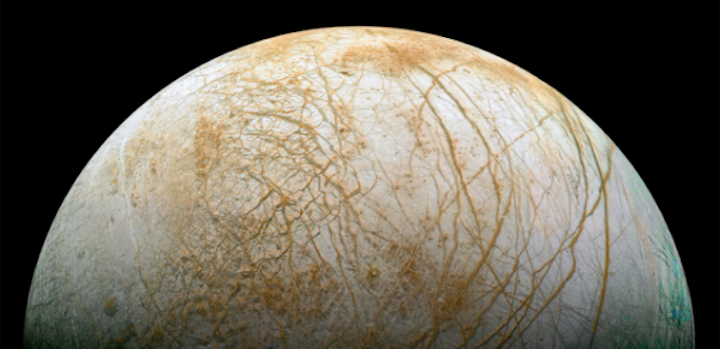9.10.2018

If you want to attempt a landing on Europa, you’d better bring a repair kit. Parts of its surface may be covered in metres-long blades of ice that could make exploring Jupiter’s frigid moon a dangerous endeavour.
In the driest, coldest places on Earth, sunlight bouncing off of small depressions in ice and snow creates pointy formations called penitentes, which can reach several metres tall, as shown in the picture above. As the sunlight hits the bottom of the divot it turns the ice directly from a solid to a gas, which floats away and leaves icy spikes behind.
Europa is much colder and much drier than Earth because it has almost no atmosphere, and it has lower gravity. Daniel Hobley at Cardiff University, UK, and his colleagues calculated that means it could build even bigger penitentes.
The researchers found that, over Europa’s lifetime, they could reach heights of 15 metres, with holes about 7.5 metres across between them.
Because penitentes grow faster when the sun is directly overhead, they are likely to mostly appear around the equator. That would give the moon a spiked belt around its middle.
This could be a problem for any spacecraft hoping to land in the region, either because of the spikes or the perfectly spacecraft-sized holes between them.
“You can imagine something getting lodged in there and flopping around,” Hobley says. “But if you already know the surface is likely to be spiky and full of holes, you can probably plan around that.”
Quelle: NewScientist
